
How to Upgrade Your Home for Solar Power in 2024
Switching to solar power is a great way to reduce energy bills and become more eco-friendly. With 2024 here, many homeowners are looking into solar power as a sustainable solution. Before diving into the installation process, it’s important to understand what goes into upgrading your home for solar.
Solar power starts with checking if your home is suitable. This involves looking at roof space, sunlight exposure, and energy needs. Knowing these factors helps you make informed decisions and choose the right equipment. In addition to saving money, you’ll also contribute to a cleaner environment.
Once you’ve assessed your home’s solar potential, the next step is selecting the appropriate solar equipment. Various options are available, from solar panels to inverters. Each component plays a critical role in how efficiently your system will run. Understanding your options will guide you toward the most effective setup for your needs.
Assessing Your Home’s Solar Potential
Before jumping into solar power, we need to figure out if our home is a good fit for solar panels. First, we should check our roof’s condition. Solar panels last for about 25-30 years, so it’s important to have a sturdy roof that won’t need major repairs soon. A roof that is too old or needs fixing might not handle the weight of the solar panels effectively.
Next, we need to consider the amount of sunlight our home gets. Solar panels work best with direct sunlight, so take note of any shade from trees, other buildings, or even large chimneys. Using tools like solar mapping services online can help estimate how much sun exposure our roof gets throughout the year. We should also check the orientation of the roof; south-facing roofs capture the most sunlight in the Northern Hemisphere.
Choosing the Right Solar Equipment
Once we know our home is a good candidate for solar power, the next step is picking out the right solar equipment. There are various types of solar panels available, including monocrystalline, polycrystalline, and thin-film panels. Monocrystalline panels are the most efficient and take up less space, but they can be more expensive. Polycrystalline panels are cheaper but slightly less efficient. Thin-film panels are lightweight and flexible but usually need more space and are less efficient.
Besides the solar panels, we also need to think about inverters. Inverters convert the solar energy we get into electricity we can use in our home. There are string inverters, microinverters, and power optimizers. String inverters are cost-effective for smaller systems, while microinverters and power optimizers work better for larger systems and roofs with shading issues. Budgeting for these components and making sure they fit our specific needs and conditions is key to ensuring a successful solar setup.
Steps to Install Your Solar Power System
Now that we know our home is suitable for solar panels and have chosen the right equipment, it’s time to install the system. First, we need to get the necessary permits. Contacting our local government office will help us understand the permits needed for solar panel installation. This step ensures everything is up to code and safe.
Once we have the permits, the next step is mounting the solar panels. Start by installing the racking system on the roof, which will hold the panels in place. This should be done according to the manufacturer’s guidelines to ensure proper alignment with the sun. After the racks are securely in place, we can mount the solar panels onto the racking system.
Finally, we need to install the inverter and any remaining electrical components. The inverter is typically placed near the main electrical panel and is connected to the panel using safe wiring practices. Once everything is set up, testing the system is essential to ensure it’s running correctly and efficiently. Following these steps will help us safely install our solar power system.
Maintaining and Maximizing Your Solar Power System in 2024
Having a solar power system is great, but keeping it in top shape is crucial for getting the most out of it. We need to clean the solar panels regularly. Dirt, dust, and bird droppings can block sunlight and reduce efficiency, so it’s recommended to clean the panels at least twice a year or whenever they look dirty.
Next, monitor the system’s performance. Most solar systems come with a monitoring app or system that allows us to track energy production. Checking this regularly helps us spot any issues early, such as drops in energy output that could indicate a problem with the panels or inverter.
Additionally, perform routine inspections of all components, including wiring and inverters. Look for any signs of wear and tear, loose connections, or damage from weather. Scheduling an annual professional check-up can help catch problems that we might miss and ensure everything is running smoothly.
Final Thoughts
Upgrading to a solar power system is a fantastic way to reduce our carbon footprint and save on energy bills. From assessing our home’s potential to choosing the right equipment and properly installing and maintaining the system, understanding each step is crucial for a successful transition to solar power. By following these detailed steps, we can ensure our home efficiently harnesses the sun’s energy for years.
If you’re ready to take the next step in upgrading your home for solar power, our team at Top Dog Electric is here to help. We provide expert solar energy services to guide you through every phase of your journey. Don’t wait any longer to save on energy costs and contribute to a greener environment. Contact Top Dog Electric today for all your solar installation needs.

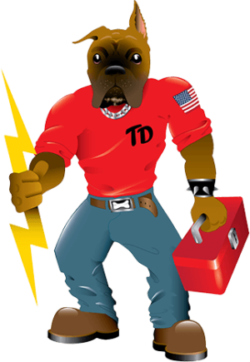
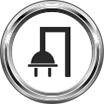


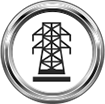



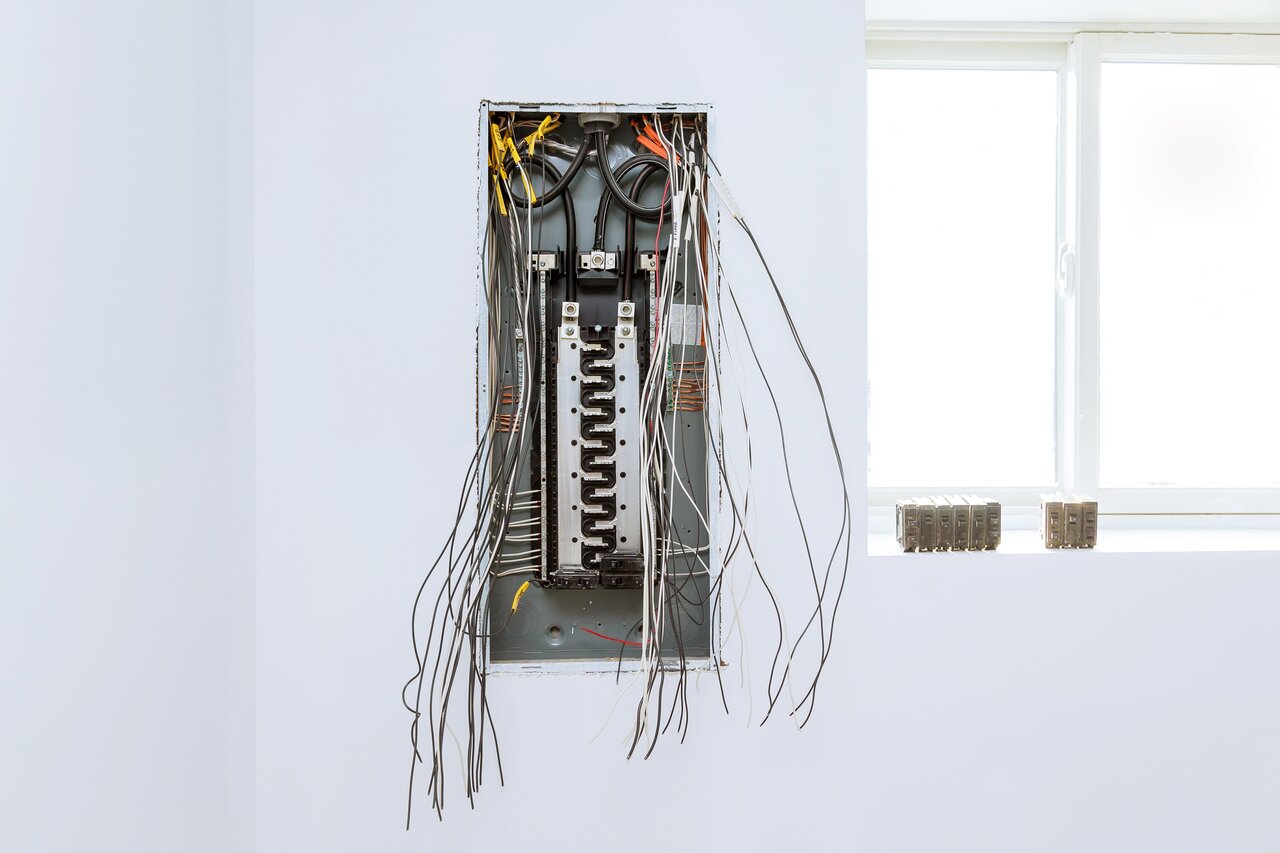

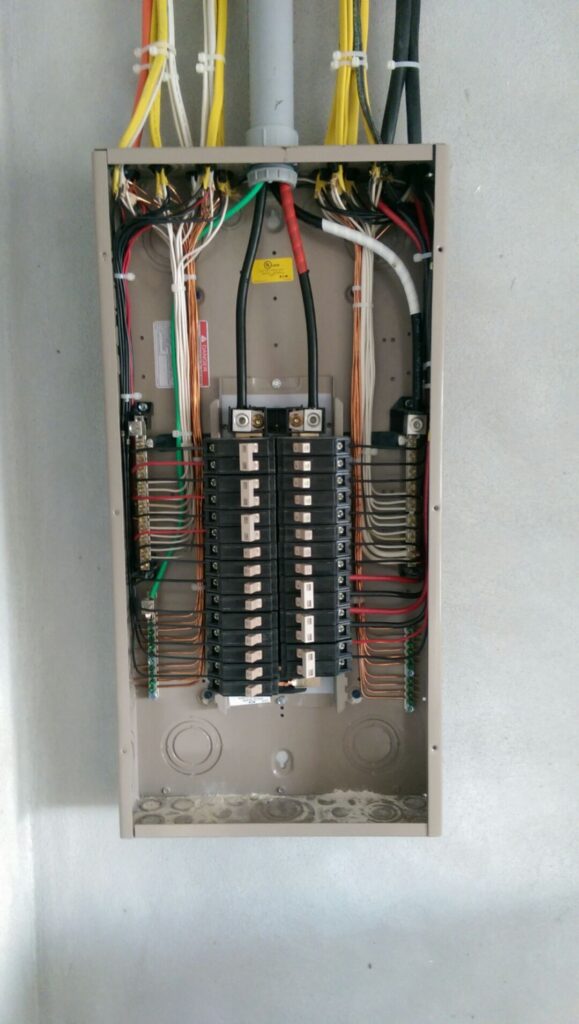
Leave a Reply